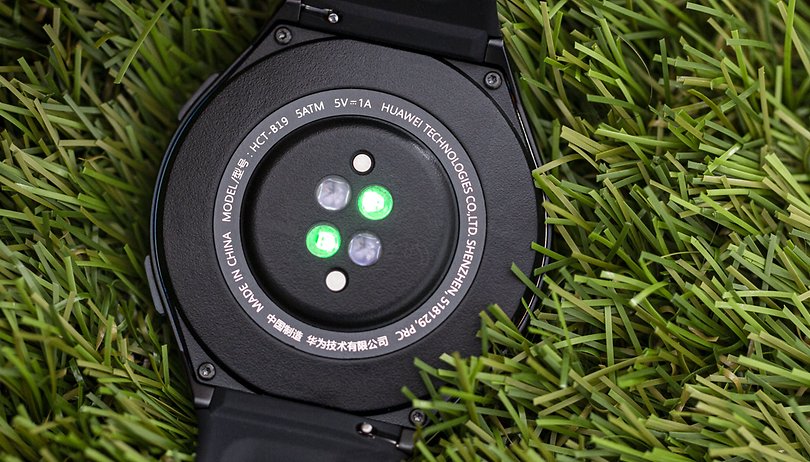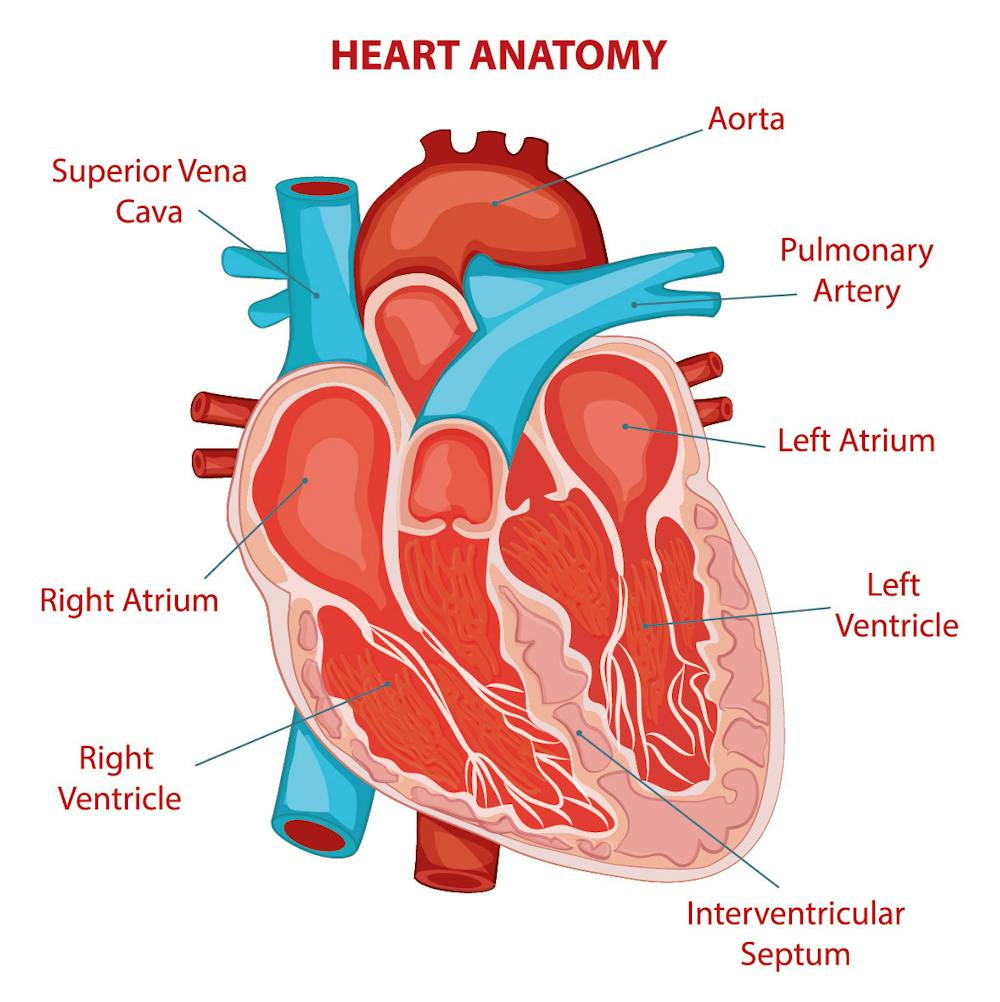Everything about Medical Heart Rate Monitor
The Permanent Atrial Fibrillation Ideas
Table of ContentsRespiration Monitor for DummiesThe 3-Minute Rule for Sleep Apnea MonitorSome Known Incorrect Statements About Check Your Blood Pressure The Blood Pressure Watch DiariesGetting The Medical Heart Rate Monitor To WorkSome Ideas on Remote Patient Monitoring You Need To Know
Innovation will progress to ensure that we will certainly quickly be able to unobtrusively keep an eye on a large range of our bodies' processes heart rhythm, blood pressure, blood glucose and also even more producing streams of individual wellness data. Also today, my heart's rhythm could have been assessed with a Band-Aid-like spot, calling for no wires or cumbersome screen.
Define present hospital practices for continual telemetry surveillance. Value key suggestions from the Update to Practice Criteria for Electrocardiographic Tracking from the American Heart Organization. Acknowledge dangerous techniques as well as common mistakes connected to telemetry surveillance, especially when done from a remote area. Listing techniques to improve closed-loop interaction in between remote telemetry keeping an eye on team and also bedside nurses.
A 78-year-old woman with a history of innovative dementia, chronic obstructive lung illness, high blood pressure, and also congestive heart failure (CHF) was given the medical facility from a nursing facility with high temperatures and also confusion. At standard, she was minimally verbal as well as needed help with all her activities of everyday living. In the emergency division, the patient had a fever and also satisfied standards for blood poisoning.
Wearable Blood Pressure Monitor Watch for Dummies
Her other lab worths were regular. Her admission electrocardiogram was unmodified from a previous one and showed no evidence of heart anemia. She was given intravenous fluids and prescription antibiotics. Due to the fact that of her history of CHF, she was admitted to a system with telemetry surveillance. At this organization, telemetry monitoring was done remotely, with the surveillance devices and also group posted in one more part of the hospital.
The patient had a low-grade high temperature (38. 2C) as well as a heart price of 102 beats per minute, but her vital indicators were or else regular. She was awake yet neither communicating neither complying with commands. The registered nurse checked to see to it the person had received the intravenous fluids and also prescription antibiotics. Continuous surveillance of a client's electrocardiographic (ECG) waveform is common in healthcare facilities.
On non-ICU devices, individuals usually put on a portable telemetry screen that transfers to a receiver, permitting the individual's ECG waveforms to be presented on a central screen financial institution. The main monitor with the tracings is in some cases on the exact same unit as the patient as well as often in one more part of the health center (as in this case).
The Buzz on Heart Watch
This individual appeared to be hemodynamically secure and did not need to be in an ICU, yet did she require to be on telemetry? As a general principle, people need to only be put on telemetry if they fulfill details indications for surveillance. According to the Update to Practice Standards for Electrocardiographic Tracking in Healthcare Facility Settings (an agreement collection of referrals from several key expert companies societies) (1), although acute decompensated cardiac arrest is an indicator for ECG surveillance, a history of cardiac arrest is not.
Consequently, telemetry monitoring was ideal for her, though security monitoring with continual pulse oximetry may have been considered instead. That was enjoying the monitors? Obligation for observing telemetry screens differs throughout hospitals. At some healthcare facilities, no one person is exclusively appointed to enjoy the monitors; instead, bedside registered nurses regularly observe the monitors and also pay attention for alarms while likewise providing client care.
Various other healthcare facilities have actually devoted screen spectators that see a bank of displays yet do not have duty for straight patient treatment. Screen watchers have been called "employees whose task it is to see the main heart monitor and alert medical professionals of person events."(2) In some healthcare facilities, nurses are monitor watchers, whereas in others technicians (monitored by a registered nurse) offer in this duty.
Not known Facts About Atrial Fibrillation With Rvr
In 2011 as well as 2016 nationwide studies on scientific alarm systems, the Medical care Technology Structure found that 47% and 48% of respondents, specifically, reported that they functioned in medical facilities that utilize screen watchers.(3,4) One nationwide survey particularly addressing making use of monitor viewers located that 61% of participants operated at healthcare facilities that used monitor watchers.(2) In this case, the screen viewers were "pointed in one more component of the medical facility." In the exact same national survey, 62% of respondents who functioned at health centers that made use of screen watchers reported that those display watchers were stationed off the client care uniteither in a central place elsewhere in the hospital (56%) or in a separate structure (6%).(2) Remote telemetry monitoring may be an expanding fad as healthcare facilities are combined into bigger health and wellness systems as well as may even take place in an additional geographic location.
One advantage of having monitor spectators on the professional device is their capability to evaluate and verify an alarm system with instant patient evaluation.(5) They also may be much more most likely than busy bedside registered nurses to make certain correct electrode positioning and the setup of proper alarm criteria. Nonetheless, provided the regularity of false-positive alarms, many alarms need to be confirmed by a certified medical professional laying eyes on the patient.
Other threats connected to remote telemetry tracking include the potential mesmerizing impact of seeing several monitor displays concurrently, triggering exhaustion and reduced caution. One study (6) reported that responsibility for greater than 40 patients at a time dramatically delays recognition of severe arrhythmias. A 2nd danger is the capacity for fragmented treatment.
The 10-Minute Rule for Smartwatch With Blood Pressure
After going into the individual's area to inspect early morning important signs 6 hours later, the registered nurse discovered her to be less competent as well as apneic, without palpable pulse. A Code Blue was called, and also chest compressions were launched. The individual was found to be in asystole and heart failure management also after about 20 minutes of resuscitation initiatives without any return of spontaneous flow, she was obvious dead.
 The Main Principles Of Atrial Fibrillation With Rvr
The Main Principles Of Atrial Fibrillation With Rvr
The group evaluated the telemetry tracings and also uncovered that the professional who was from another location enjoying the telemetry screen recognized dynamic bradycardia and called the health center floor a number of mins before the code. The registered nurse caring for the patient was hectic with one more patient, so the technician was positioned on hold. He proceeded to wait; while on hold, he observed worsening bradycardia on the telemetry monitor, ultimately transitioning to asystole.
 Unknown Facts About Medical Alert Watch
Unknown Facts About Medical Alert Watch
He questioned if either they were already looking after the patient or perhaps it had not been genuinely asystole. By that point, the registered nurse had actually uncovered the client and also launched the Code Blue. The institution intended to explore this occurrence and also the other common safety concerns with telemetry monitoring, specifically remote tracking, and determine finest practices for stopping such mistakes in the future.
The Greatest Guide To Portable Ecg
However, as is possibly true in this case, telemetry monitoring might be seen by the prescriber or bedside registered nurse as a surrogate for closer monitoring or a remedy to inadequate staffing. The main purpose of telemetry monitoring is to observe ECG waveforms, not work as an alternative to evaluation of breathing, trends in crucial indications, neurological status, or numerous other assessments.
A complete analysis of the hospital's standards for client assessment need to have belonged to the origin analysis. (Consideration of the client safety and security concerns associated with regularity of patient analysis in the hospital is past the extent of this discourse.) The frequency of harm pertaining to remote telemetry surveillance is not known.